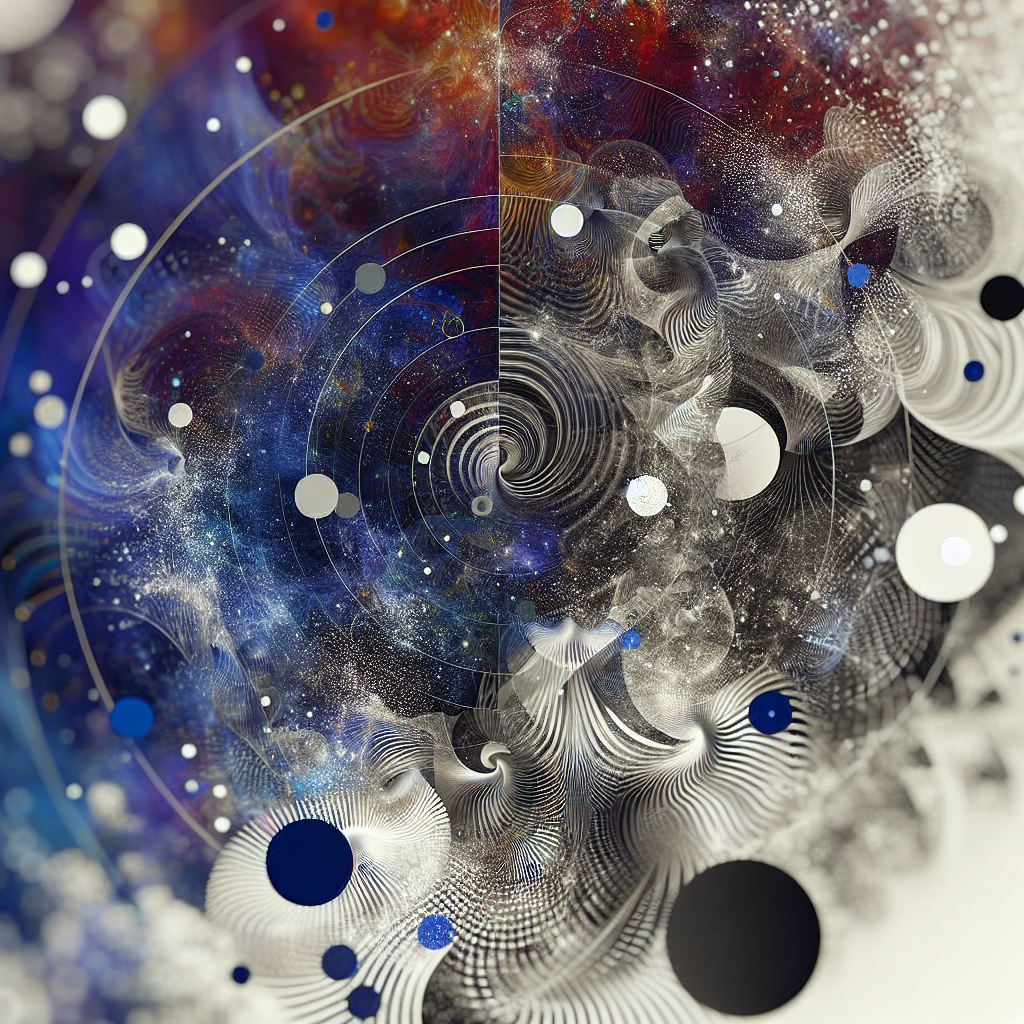What Exactly is the Human Body? Unraveling the Basic Definition
Have you ever pondered over the basic definition of the human body? The human body is a complex system composed of various organs, tissues, and cells that work together to sustain life. It is the physical structure of a person and encompasses a wide range of functions such as digestion, respiration, circulation, and movement. Understanding the basic definition of the human body is essential to comprehend how it operates and maintains health. Let’s delve deeper into the intricacies of the human body and explore its remarkable capabilities.
What is the basic definition of the human body?
The human body is the structure of a human being, comprising various biological systems that work together to perform essential functions necessary for life. It is a complex organism made up of different parts that have specific roles and functions. Understanding the basic definition of the human body involves recognizing its overall structure and how each component contributes to the overall health and well-being of an individual.
Anatomy of the Human Body
The human body consists of several major systems, including the skeletal system, muscular system, nervous system, cardiovascular system, respiratory system, digestive system, and reproductive system. Each system is made up of organs, tissues, and cells that work together to maintain homeostasis and ensure the body functions properly.
- The skeletal system provides support and structure to the body, protecting internal organs and allowing for movement through the interaction of bones, ligaments, and tendons.
- The muscular system enables movement and helps maintain posture through the contraction and relaxation of muscles attached to bones.
- The nervous system controls bodily functions and helps the body respond to internal and external stimuli through the brain, spinal cord, and peripheral nerves.
- The cardiovascular system circulates blood and nutrients throughout the body, delivering oxygen and removing waste products to maintain cellular function.
- The respiratory system facilitates breathing and gas exchange, ensuring the body receives an adequate supply of oxygen and expels carbon dioxide.
- The digestive system breaks down food and absorbs nutrients to provide energy and support growth and repair of tissues.
- The reproductive system enables the production of offspring through the interaction of male and female reproductive organs.
Physiology of the Human Body
Physiology is the study of how the body functions at a cellular and molecular level. It involves understanding how various systems work together to maintain balance and respond to internal and external changes. The body’s physiology is regulated by complex mechanisms that ensure optimal health and well-being.
For example, the endocrine system produces hormones that regulate metabolism, growth, and development. The immune system defends the body against pathogens and foreign substances. The integumentary system protects the body from environmental damage and regulates temperature. The urinary system eliminates waste products and maintains electrolyte balance.
Overall, the human body is a remarkable organism that requires careful maintenance and proper care to function effectively. Understanding its basic definition involves recognizing the intricate interplay of its various systems and how they work together to sustain life.
According to recent statistics, the human body is estimated to consist of approximately 37.2 trillion cells.
1.
2.
3.
4.
5.
6.
7.
8.
9.
10.
Conclusion
The human body is an incredibly complex and intricate system that is made up of various organs, tissues, and cells all working together to ensure the body functions properly. From the skeletal system providing structure and support to the nervous system transmitting signals throughout the body, each component plays a crucial role in maintaining overall health and functionality. Understanding the basic definition of the human body involves recognizing its various systems and how they interact with one another to sustain life.
By exploring the basic components of the human body, we gain a deeper appreciation for its complexity and the importance of taking care of our health. From the circulatory system pumping blood to deliver oxygen and nutrients to cells to the respiratory system facilitating the exchange of gases to maintain homeostasis, each system contributes to our overall well-being. Recognizing the interconnectedness of these systems highlights the need for a holistic approach to health and wellness, emphasizing the importance of proper nutrition, exercise, and regular medical check-ups to ensure the body is functioning optimally. Ultimately, the basic definition of the human body serves as a foundation for understanding how our bodies work and the importance of maintaining a healthy lifestyle to support overall well-being.





